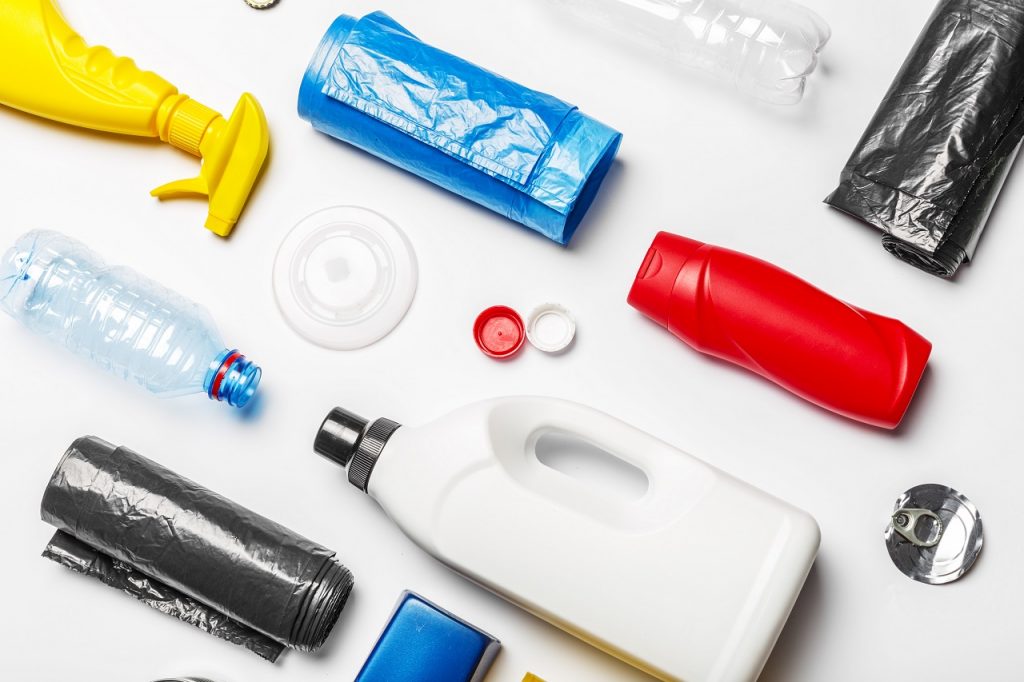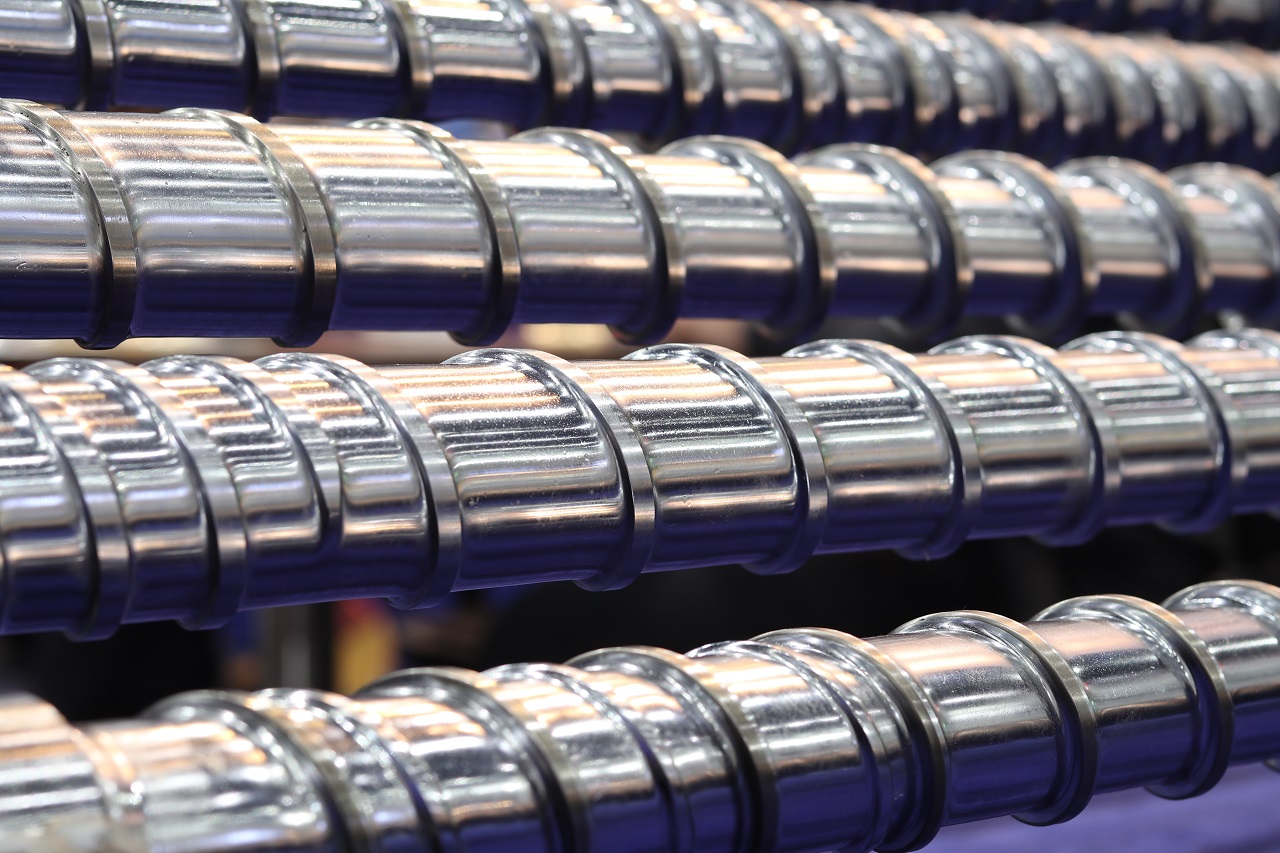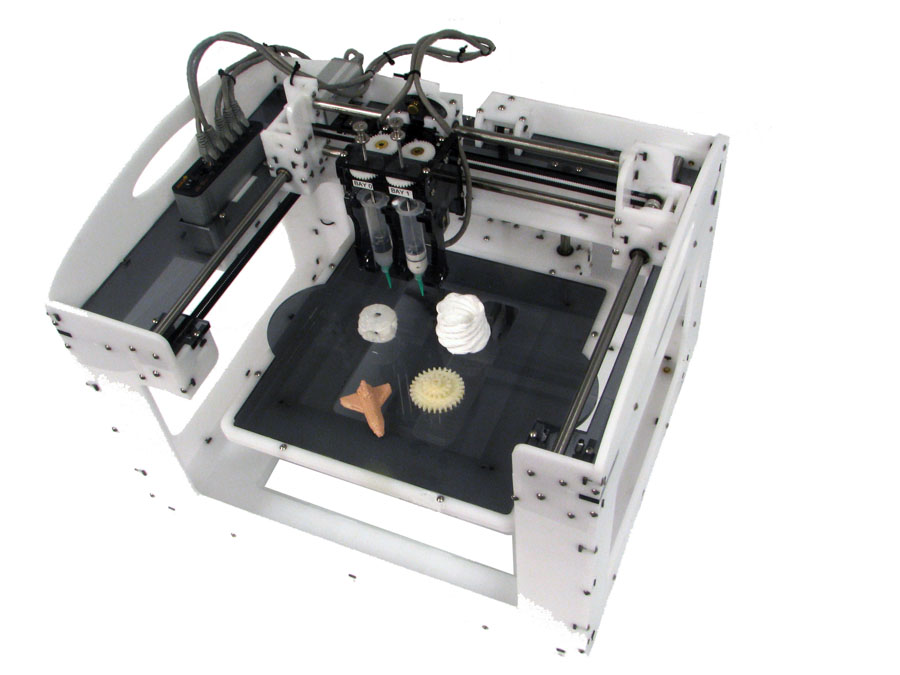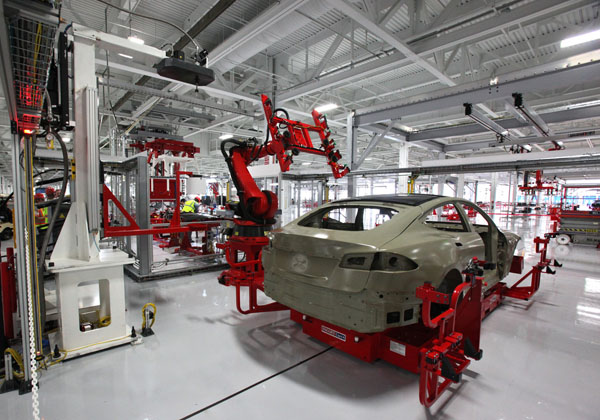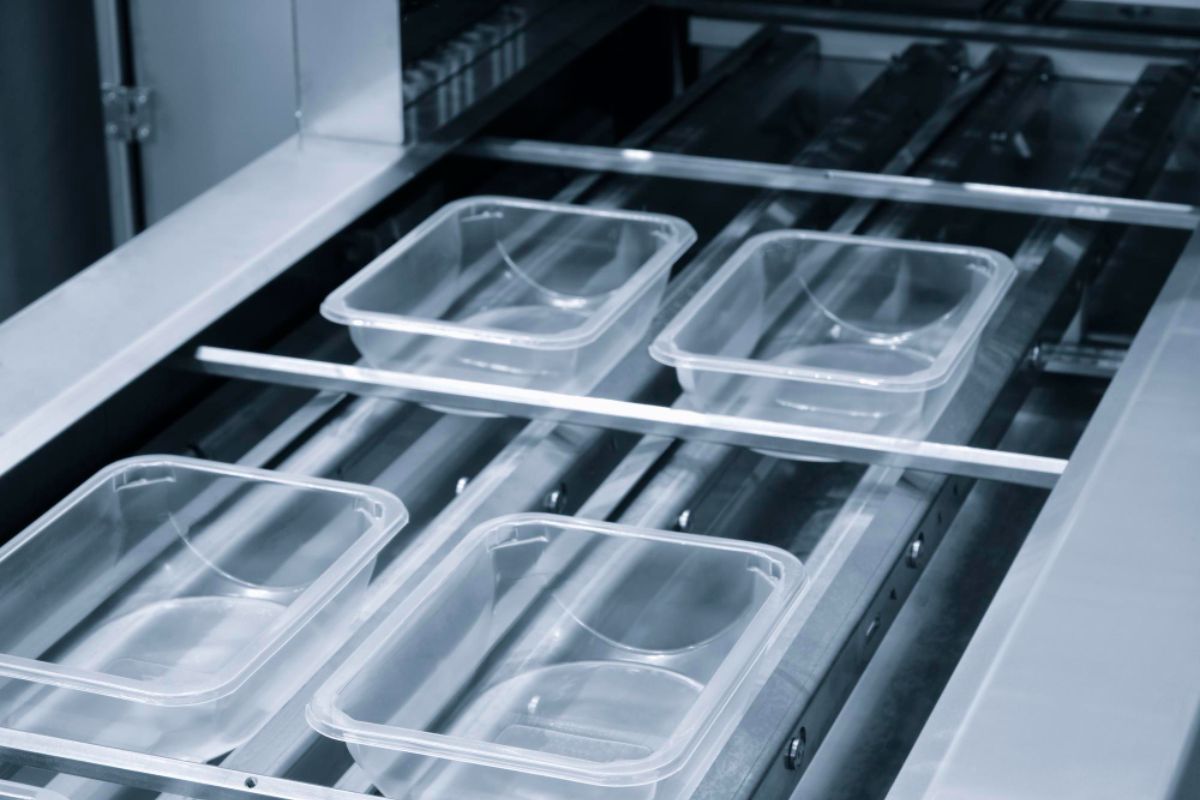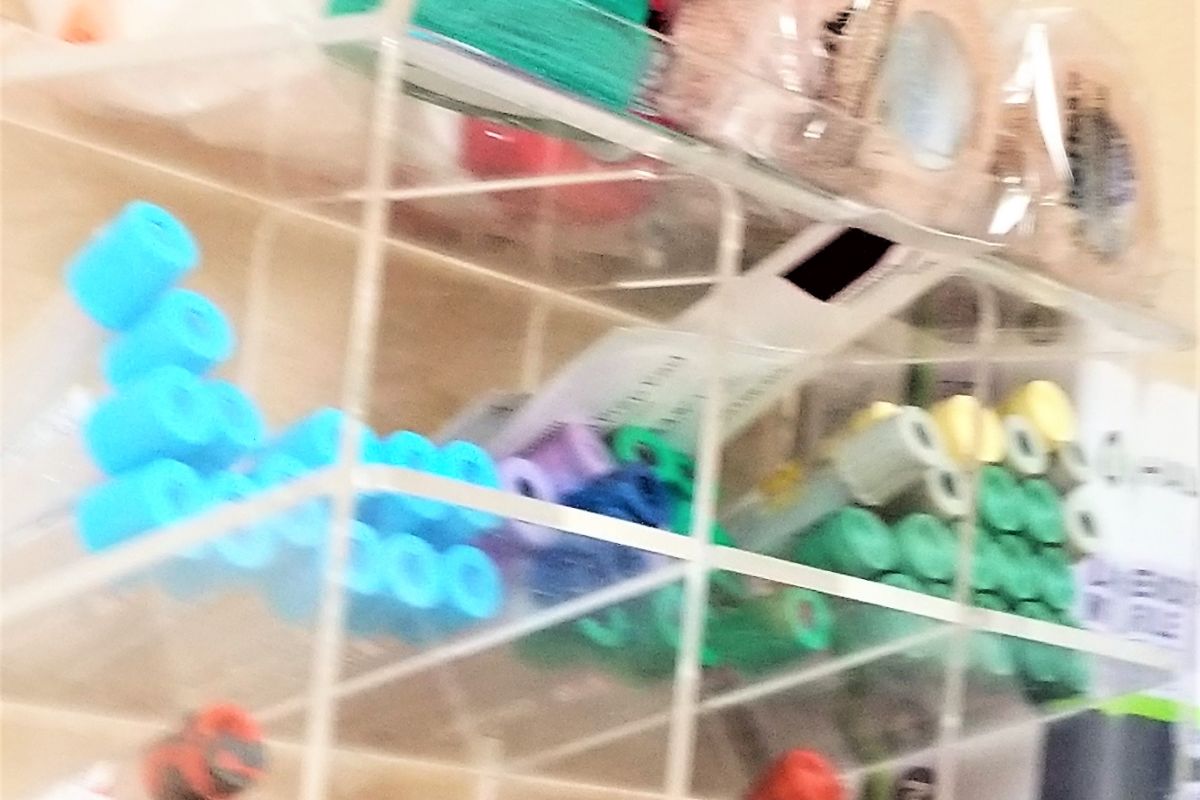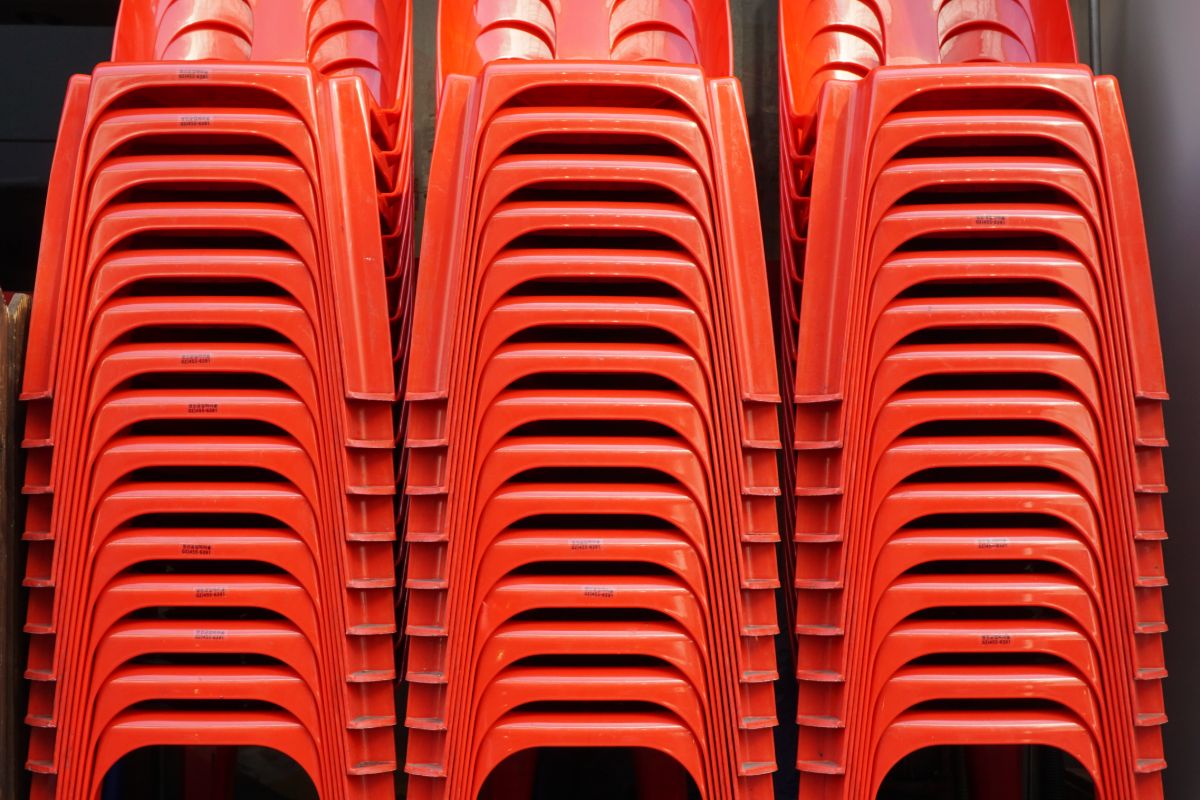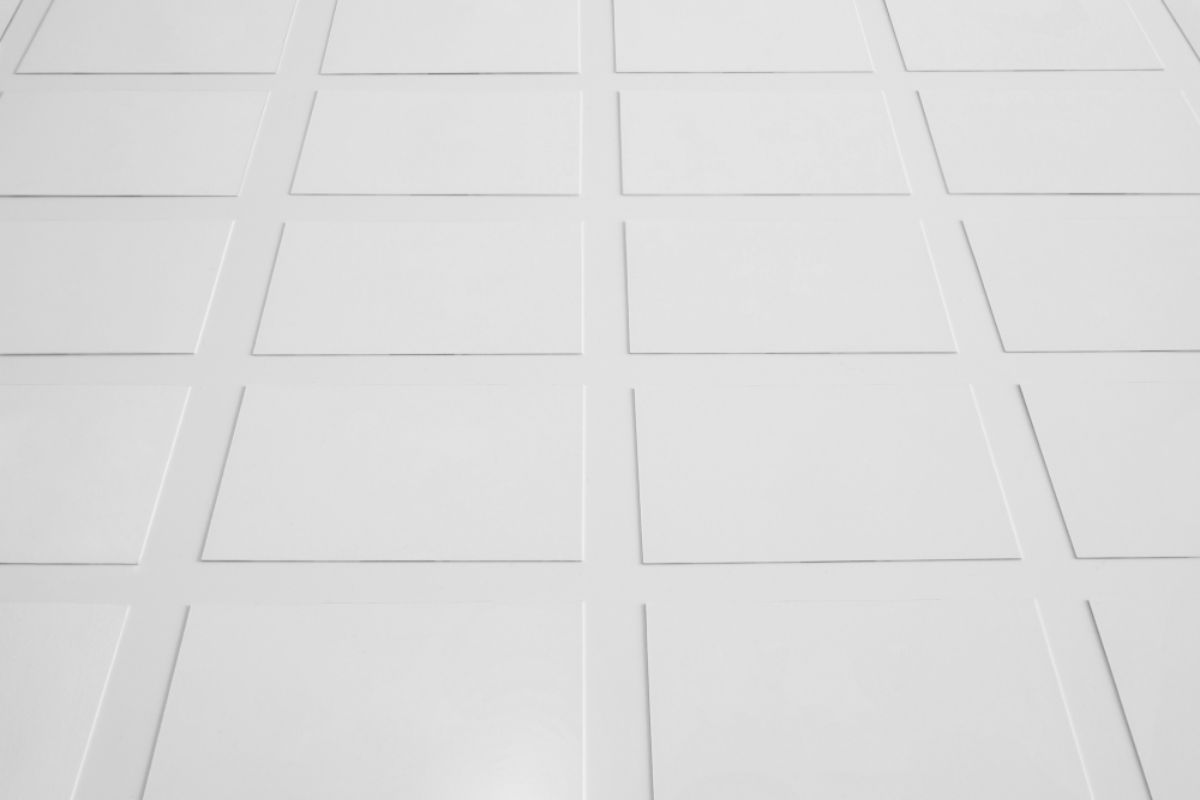What are the differences between thermoforming and injection molding?
- Tooling Comparison
- Materials
- Appearance and Functionality
- Cost
Manufacturing industries across the world have been constantly experimenting with new ways to produce a plastic product that meets or exceeds quality standards. Due to the several attractive qualities it possesses, such as its durability and cheapness, it has become more desirable for many other industries. These industries are those looking towards plastic to replace some of their most-commonly used manufacturing materials.
Various ways of manufacturing plastic products currently exist, but perhaps the main debate lies between thermoforming vs. injection molding. Both these types of plastic manufacturing processes are used in specialized functions, depending on a variety of factors. It’s no surprise that industries are looking to use the method which is more efficient and which will produce more value for their needs.
Learning the differences between these two processes is important in order to choose a method that is suitable for your industry’s processes. Continue reading to find out more about the differences between thermoforming and injection molding.
Tooling Comparison
Before comparing two of the mentioned plastic manufacturing processes, it’s essential to understand the different machinations involved in each process. Firstly, take a look at the differences in the tooling methods utilized by both thermoforming and injection molding. Simply put, tooling is a phase in a plastic molding process that focuses on the types of components, machinery, and vessels required to produce the mold. Typically, the tools required in thermoforming are considered to be much simpler compared to injection molding.
For thermoforming, the tool utilized is a one-sided mold that is largely made out of aluminum. The tool is composed of a plug or a vacuum that is designed to mold the plastic into the desired shape. The thermoforming process usually takes zero to eight weeks to complete. With this in mind, manufacturers that largely deal with plastic materials can get a better sense of the more economical choice.
On the other hand, a steel-made, double-sided three-dimensional mold is required in injecting molding. Take note that the tool can also be made with other kinds of alloy, like aluminum or beryllium-copper. Typically, the process of plastic injection molding takes more than twice the time compared to thermoforming. Due to the extra resources required, plastic molding can be said to be an initially more expensive undertaking.
Materials
Another aspect in which the two methods of plastic manufacturing differ has to do with the kind of raw material involved. There are some cases in which both the thermoforming and injecting molding processes use the same type of polymer or plastic composite. Both of these processes can deal with materials such as polyethylene, polycarbonate, or PVC, just to name a few.
Despite the commonality, there are still major differences in the raw materials used for both methods. For example, a heated flattened sheet or roll stock is required for the thermoforming process. The sheet is then heated until it can be manipulated. A suction material—like a vacuum—or that of a plug assist is used to push the formed sheet into the mold.
Unlike the thermoforming process which starts with a sheet, the injection molding process begins with pellets or a resin. Heat is applied until the resin melts, and it is then injected into the mold to produce the desired plastic product.
Appearance and Functionality
With regard to aesthetic appeal, plastic manufacturers have more creative freedom when they’re utilizing the thermoforming method. As mentioned before, prior to forming the mold, a plastic sheet or a rolling stock is required as a raw material. Plastic sheets can come in a variety of different designs that can suit the type of product the manufacturer is planning to make. Some of the designs can either be a bright vibrant color, have a glossy appearance, or even come customized. Off the bat, because the raw material is already pre-designed for the manufacturer, they can simply focus on only creating the mold.
The case is not the same for the plastic molding process, where the creative aspect takes place only after the mold is formed. In order to make plastic products made in this way more appealing, the mold has to be manually painted over. Due to this property, more customized designs are available for injection-molded products.
Cost
In determining which method is more efficient, there are two aspects that you should consider. Namely, the tooling cost and the per-piece production cost. Initially, the tooling process—the process by which the molds will need to be cut from tool steel—is much more expensive for the injection molding process. However, one could see that the more economical choice is the injection molding process because the per-piece production costs are much cheaper compared to the other.
As such, the only way one could benefit from the cost-efficiency of thermoforming is to use it for smaller-scale manufacturing processes or for producing a lower volume of products. This is precisely the reason why the injection molding process is more cost-effective in larger volumes. You should choose the kind of method which is the best fit for the scale of your projects.
Key Takeaway
Manufacturers who deal predominantly with plastic as their final product have many considerations before choosing the type of method which is the best fit for them. While there are a limitless number of ways by which a plastic product is manufactured, the thermoforming vs injection molding debate is arguably the source of much contention.
Hopefully, the guide above enumerating the differences between the two processes has made it clearer for you. Now you may be able to prudently choose the more cost-efficient method.
